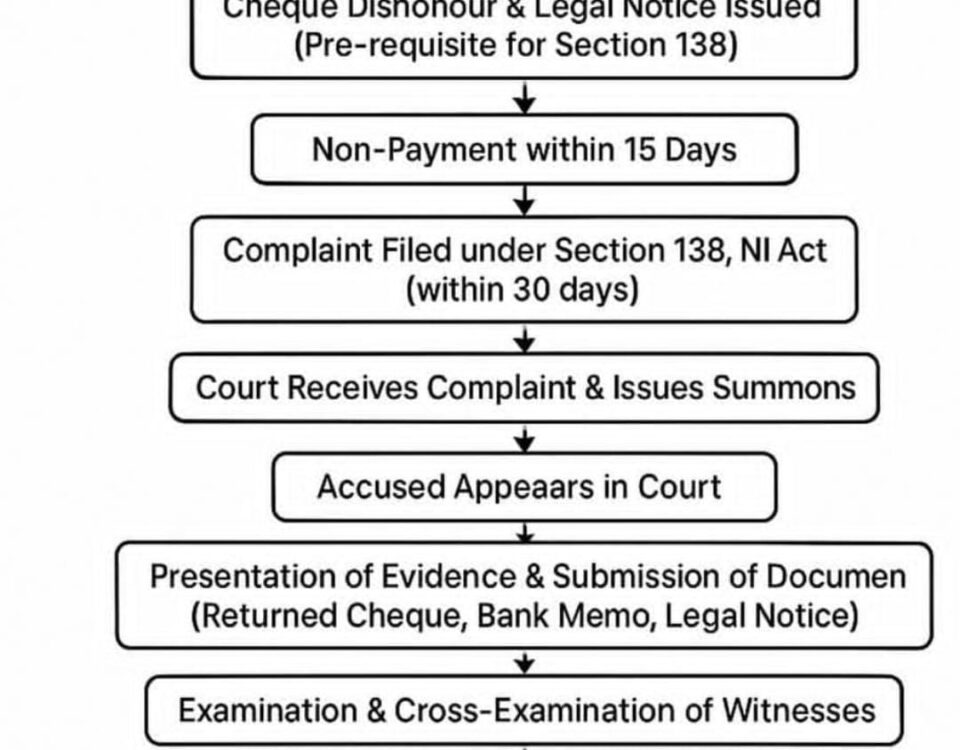- Top-rated Best Lawyer in Noida
- +91 96161-66166
- [email protected]

Do you know about Article 32 of the Constitution
May 7, 2025
How Much Does a Lawyer Charge for a Contested Divorce in Noida? – Lawyer in Noida
May 10, 2025What is Mutual Divorce
Marriage is often seen as a sacred bond, but sometimes, couples realize that they are no longer compatible and continuing the relationship only causes pain. In such cases, mutual divorce offers a peaceful and respectful way to end the marriage.
Meaning of Mutual Divorce
Mutual divorce means both husband and wife agree to end their marriage voluntarily. They decide, together, that they cannot live together anymore and that they want to separate legally without blaming each other.
In India, mutual divorce is mainly governed by:
Section 13B of the Hindu Marriage Act, 1955 (for Hindus)
Section 28 of the Special Marriage Act, 1954 (for interfaith or civil marriages)
Different personal laws also provide similar provisions for other religions.
The key idea is mutual consent — both parties must agree on important issues like alimony (financial support), custody of children, and division of property.
Conditions for Mutual Divorce
For a mutual divorce to be granted, certain conditions must be fulfilled:
1. Mutual Agreement: Both husband and wife must agree to divorce.
2. Separation Period:
Under Hindu Marriage Act: The couple must have lived separately for at least one year before filing.
Under Special Marriage Act: They must have lived separately for one year and filed for divorce after that period.
3. No Coercion: Consent must be free and voluntary — not forced.
4. Efforts at Reconciliation Failed: It should be clear that there’s no chance of reconciliation between the two.
Process of Mutual Divorce
Here’s a step-by-step look at how mutual divorce typically works:
1. First Motion PetitionBoth partners jointly file a petition in the family court.
They explain the reasons for divorce and how they have agreed on important matters (like maintenance, child custody).
2. Cooling-Off Period
After filing the first motion, there is usually a 6-month waiting period (can extend up to 18 months).
This time is given so the couple can rethink their decision and possibly reconcile.
3. Second Motion Petition
After the cooling-off period, if the couple still wants a divorce, they file a second motion.
The court verifies if the consent is genuine.
4. Final Decree of Divorce
If everything is in order, the court grants the decree of divorce, officially ending the marriage.
Note: In some cases, courts have waived the 6-month cooling-off period if it is clear that both parties are firm and there is no chance of reunion.
Advantages of Mutual Divorce
Less Time-Consuming: Compared to contested divorce (where one partner doesn’t agree), mutual divorce is quicker.
- Less Expensive: Legal fees and emotional costs are much lower.
- Respectful Process: Since both agree, the process is less bitter and painful.
Important Points to Remember
All terms related to money, property, and child custody must be clearly decided beforehand to avoid future disputes.
If either partner withdraws their consent before the final decree, the mutual divorce cannot be granted.
Legal advice is helpful to ensure that the settlement is fair for both parties.
Conclusion:
Mutual divorce is a dignified and mature way to end a marriage when living together becomes impossible. It reflects a practical approach — giving couples the freedom to move on peacefully without prolonged legal battles. In today’s world, where mental health and personal happiness matter greatly, mutual divorce offers a way to respect each other's choices and start anew.

